Still life with pumpkin, pears and figs
Oil on canvas, cm 30 x 40
The still life genre had a huge expansion in seventeenth century Europe: in Flanders we have the bright examples Pieter Claesz (1598-1661) and Abraham van Beyeren (1620 -1690) along with many other artists, in France Jean-Baptiste Belin (1653-1715) while in Spain they are established in the genus Zurbarán (1598-1664) and Juan Sánchez Cotán (1560-1627). Also in Italy the still life will have a great spread from Michelangelo Merisi called Caravaggio, with his famous Canestra of fruit today at the Ambrosiana, passing by the Bergamasco Evaristo Baschenis, focused on the representation of musical instruments, the famous painter Fede Galizia (1578-1630) and up to the Neapolitans Paolo Porpora (1617-1673) and Giuseppe Recco (1634-1695). The still life described here fits perfectly into the seventeenth-century panorama inherent in this kind of works, dialoguing especially with the production of the Roman school, largely influenced by the passage of Caravaggio at the turn of the 16th and early 17th century. The opera caravaggesca immediately had a great resonance in the Roman environment, where it met a taste that was increasingly spreading. In Rome the stronghold of the still life of intonation caravaggesca is established in the environment of Giovan Battista Crescenzi and indeed in that kind of academy that this singular character had installed in his own house. The most active protagonists are the same Crescenzi, Tommaso Salini and Pier Paolo Bonzi, lived between the seventies of the sixteenth century and the third decade of the seventeenth century.


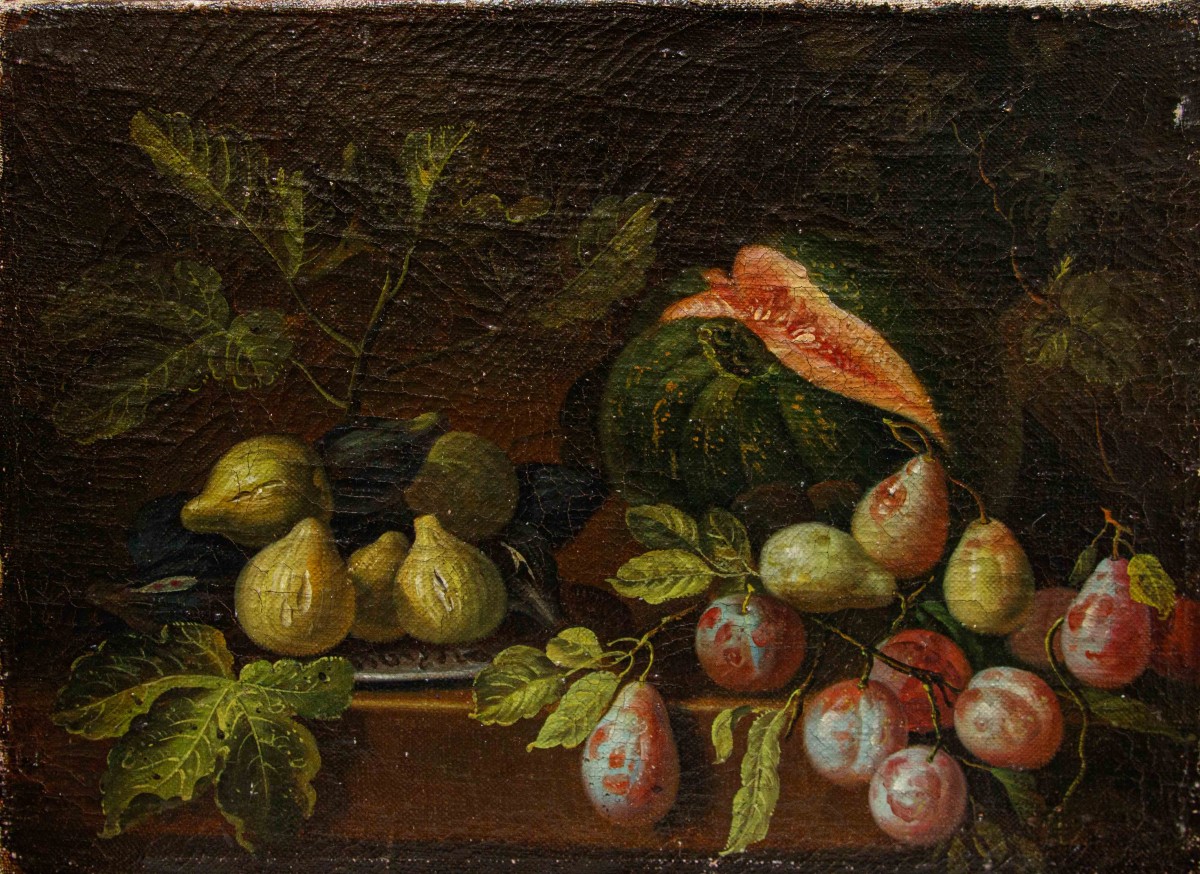
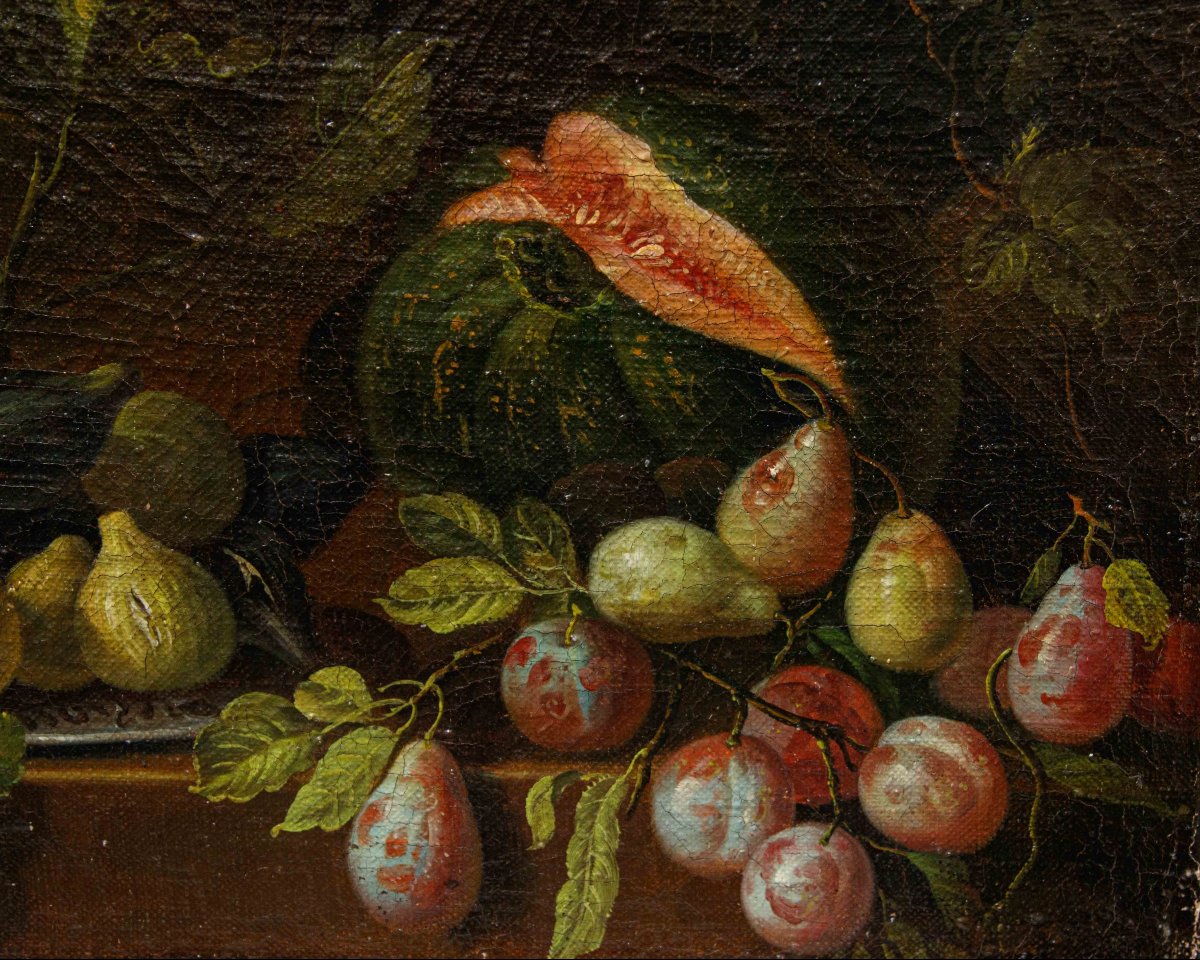

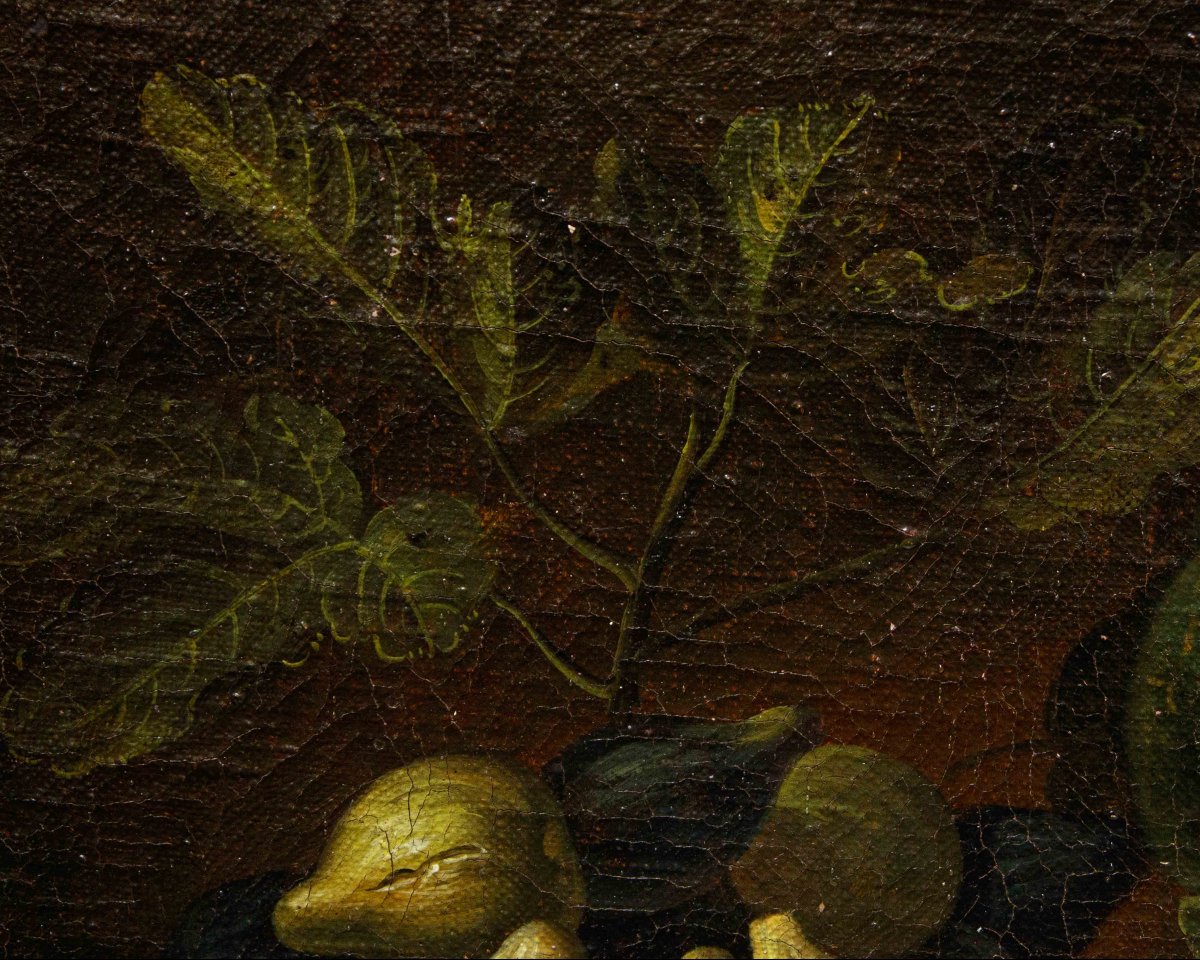

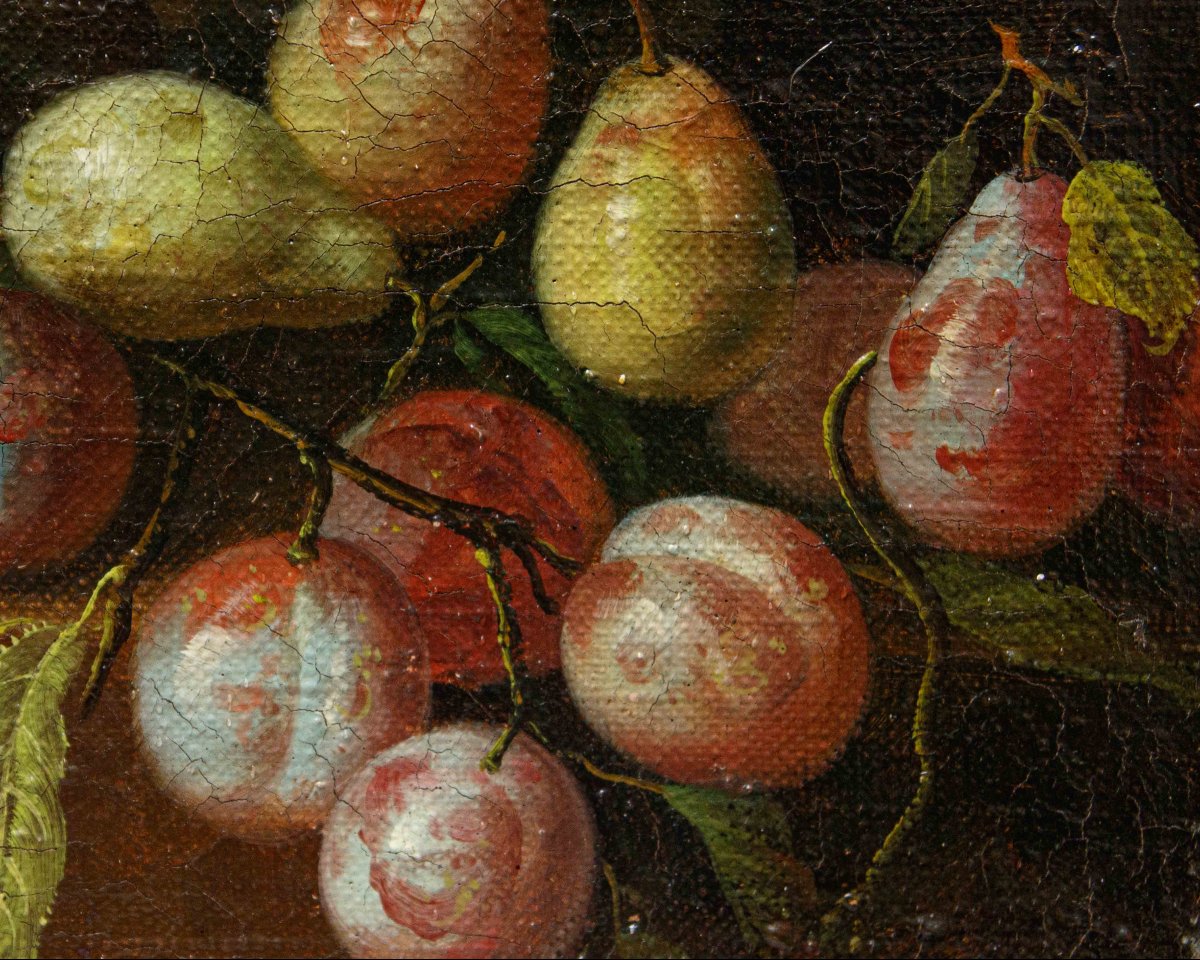
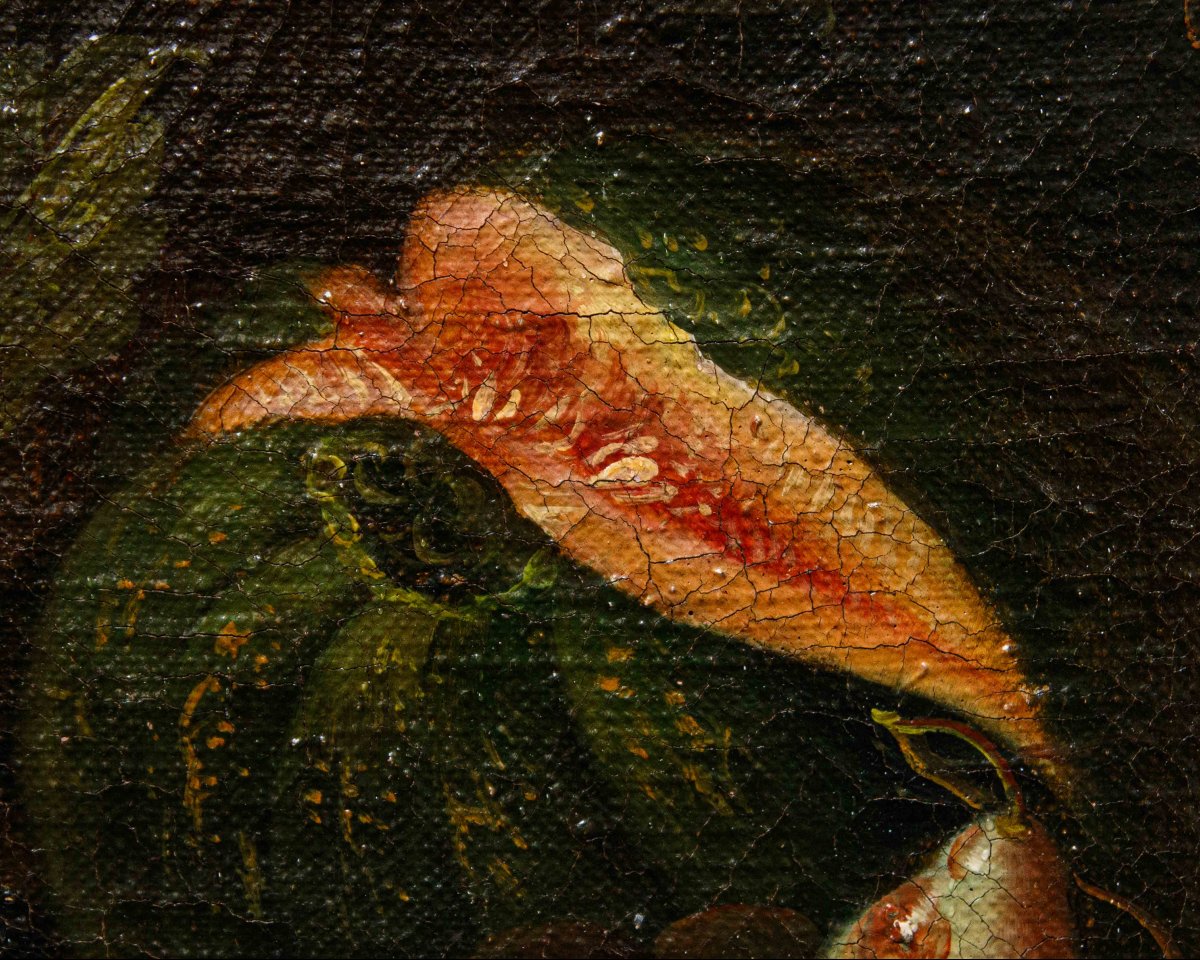
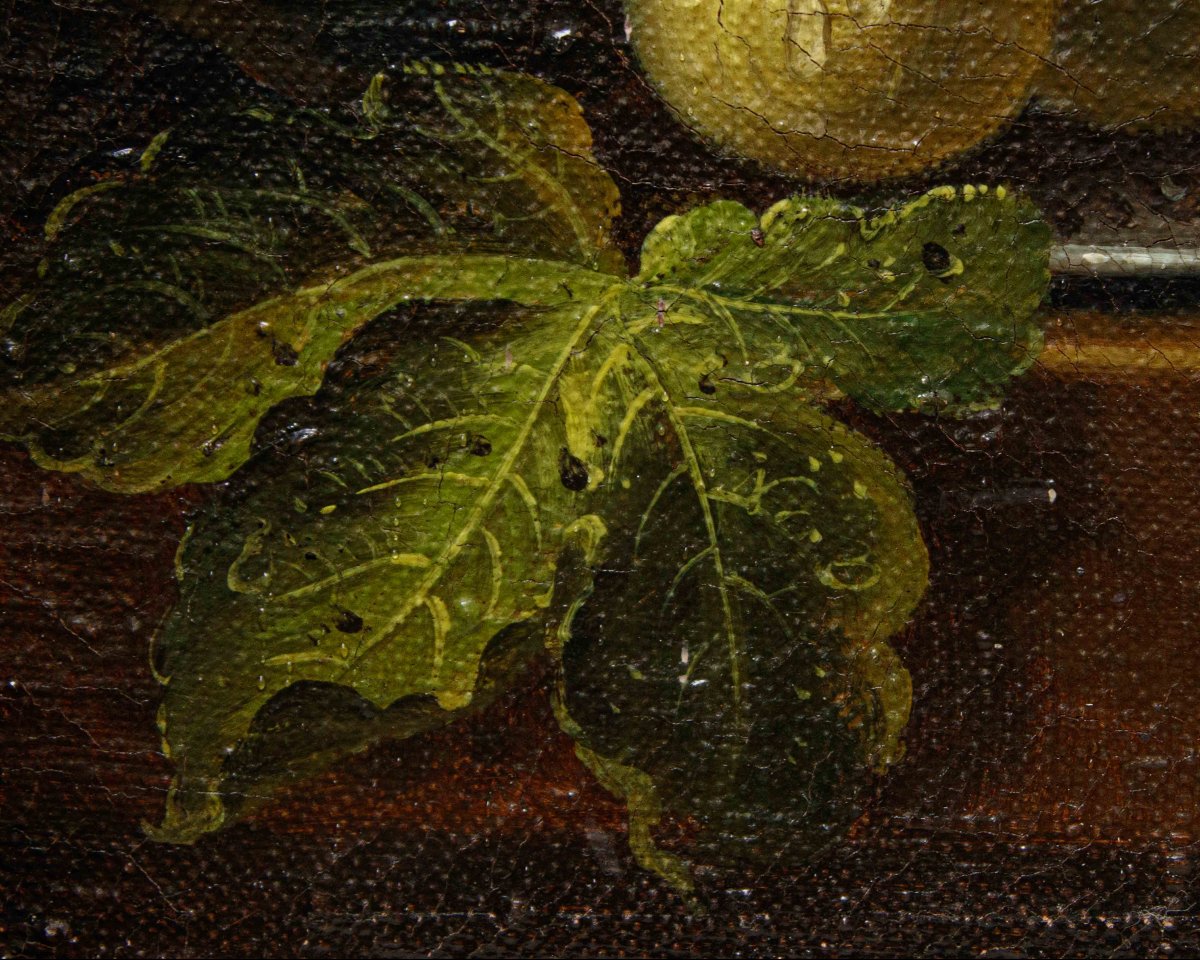
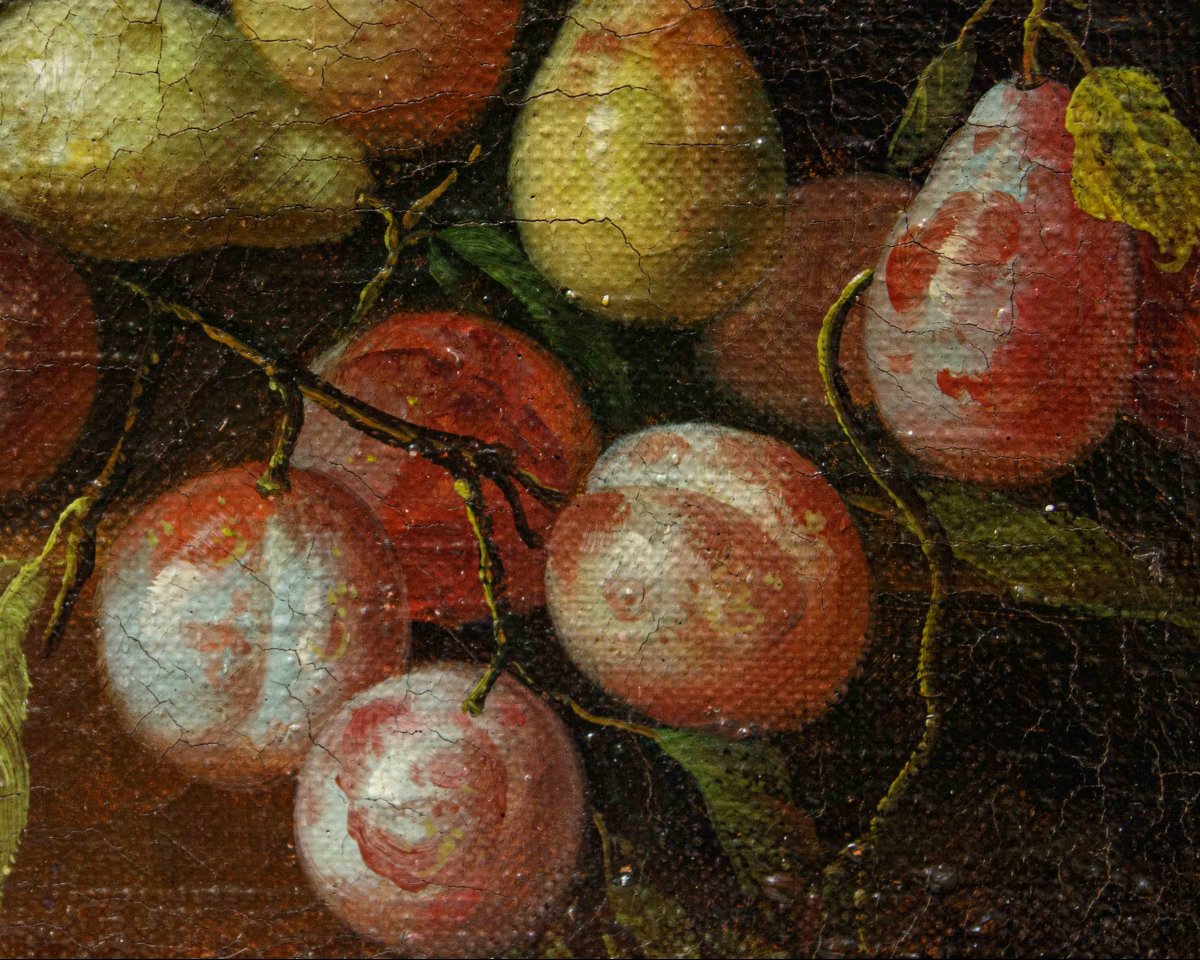




















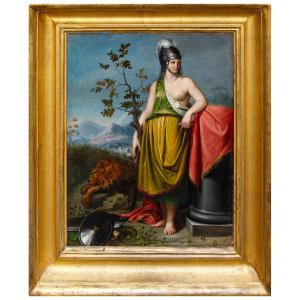

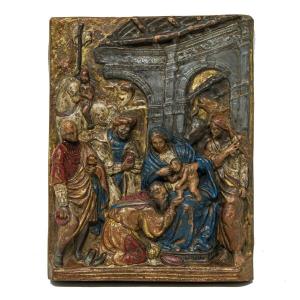




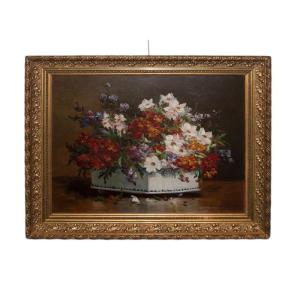







 Le Magazine de PROANTIC
Le Magazine de PROANTIC TRÉSORS Magazine
TRÉSORS Magazine Rivista Artiquariato
Rivista Artiquariato